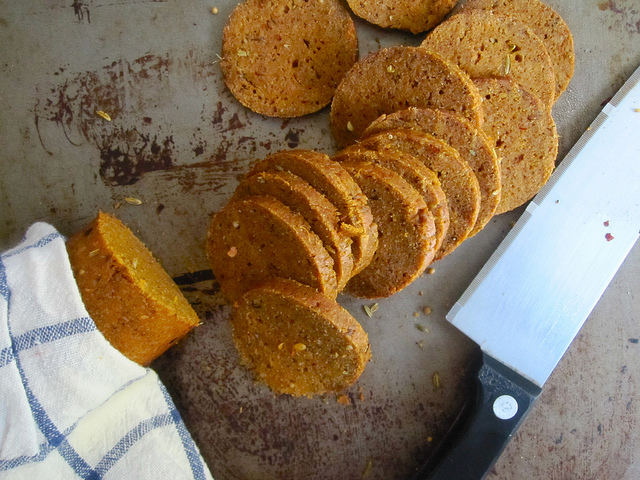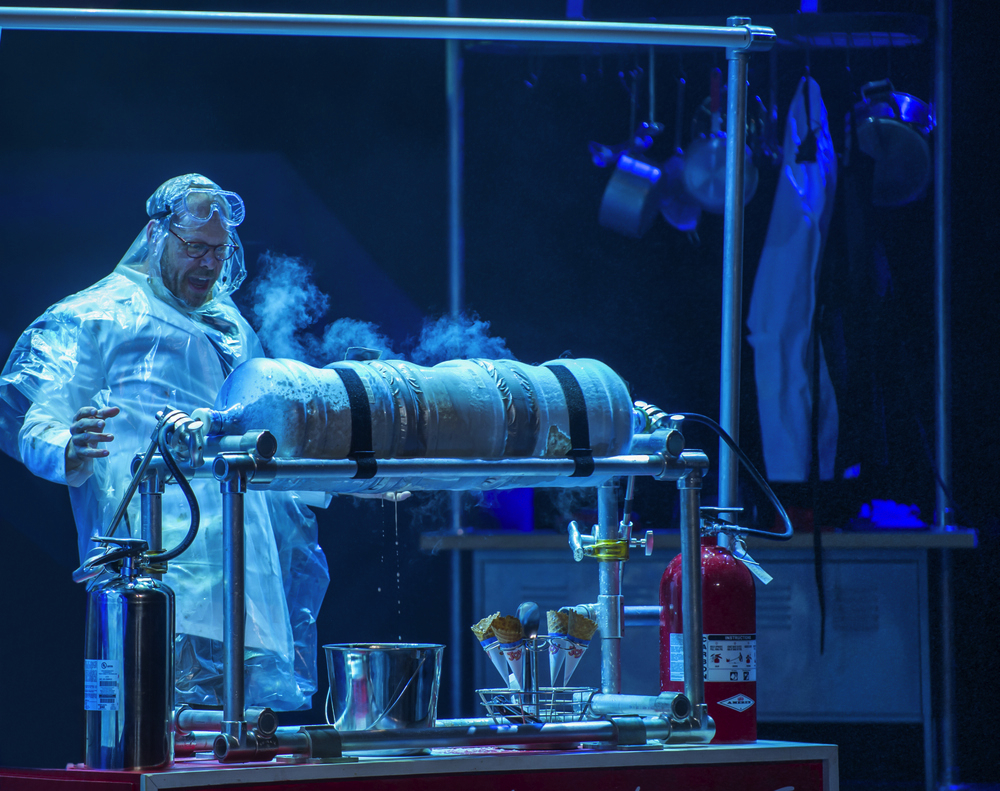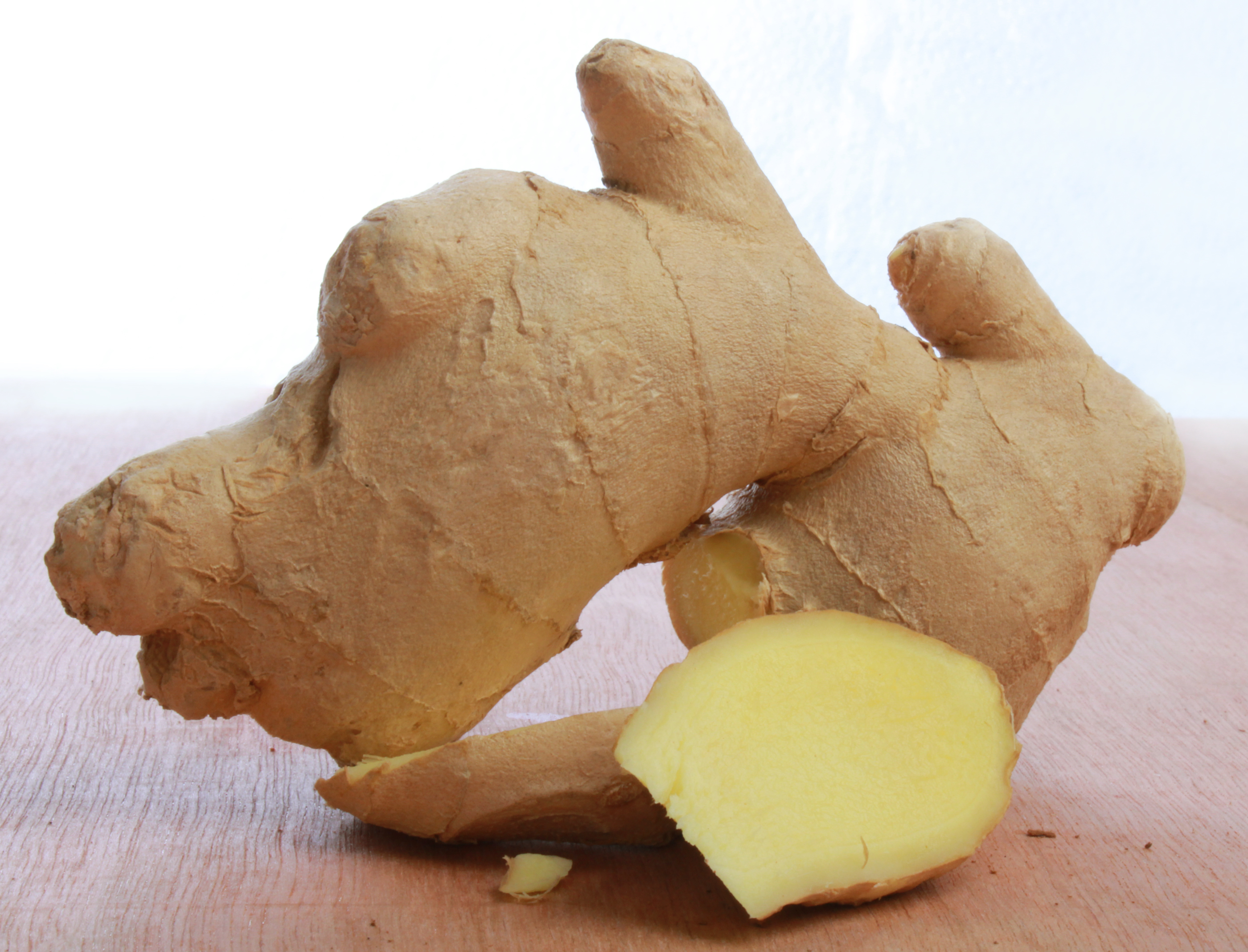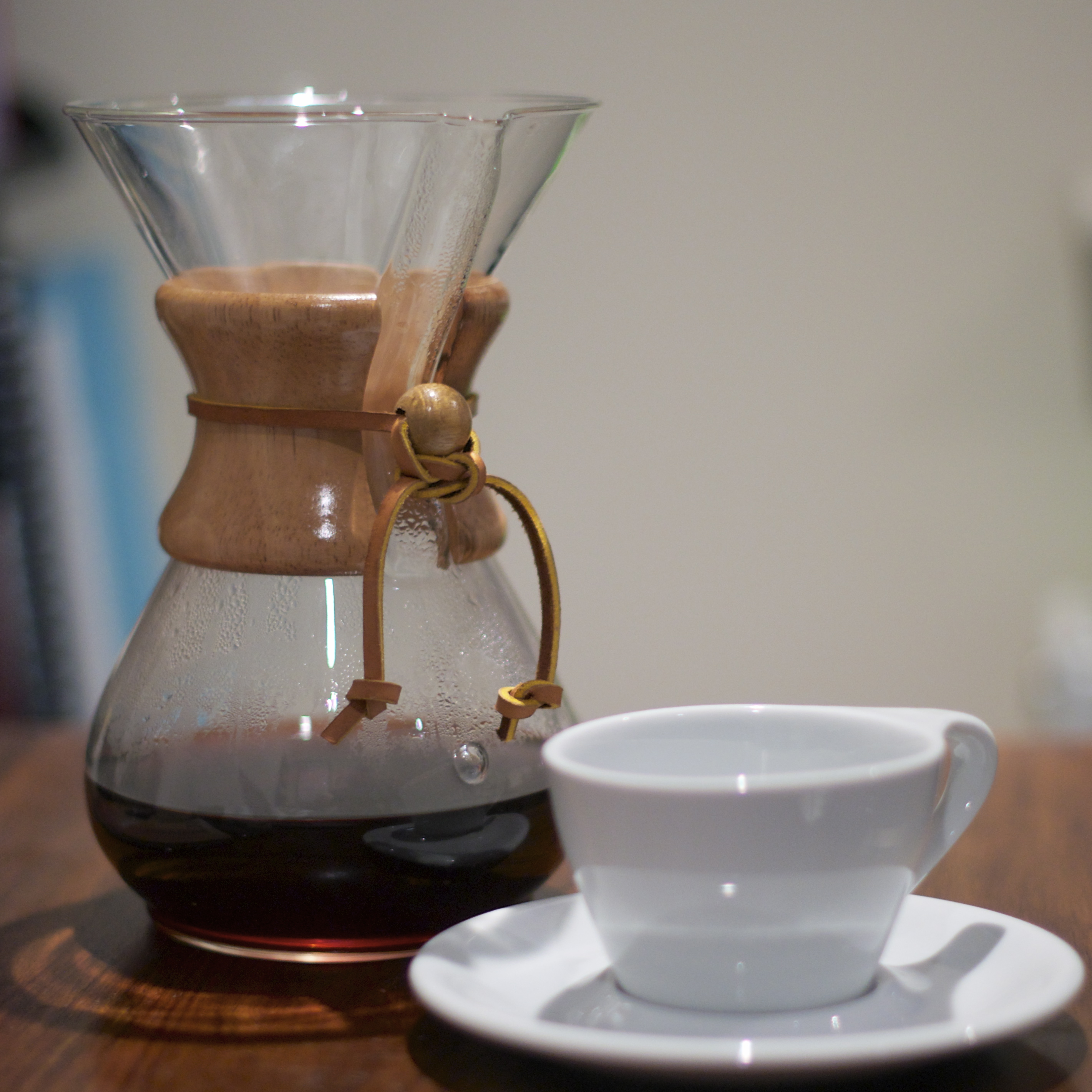Freezer Burnt Meat
Freezing is an indispensable tool in modern cooking and eating. The biochemical processes that typically occur in meats cause decay, fat oxidation, and rancidity; the higher the temperature, the faster these reactions occur. Thus, we can largely thwart off these undesirable processes by keeping meat chilled. But tossing meat into the freezer rarely results in rainbows, sunshine, or perfect burger patties, because strangely enough we can also accelerate meat decay with cold. Freezer burn can take a beautiful filet mignon and turn its surface into a leathered, unappetizing slab.
Freezer burn is caused by water sublimation from ice crystals at the meat’s surface into the dry freezer air. Sublimation occurs when a solid substance undergoes a phase change and becomes a vapor without first passing through the liquid phase. The ice crystals on the meat surface sublimate, and leave behind tiny cavities. These tiny yet numerous cavities increase the surface area of the meat and expose more tissue to the air. This accelerates oxidation of fats, which causes the rancid flavors of old spoiled meat. We usually describe oxidized fats as simply tasting “off,” which is a vague term but seems apt if you’ve ever tasted lipids past their prime, perhaps by using shortening that has been in the pantry since you were a toddler.

Here, solid ice crystals directly vaporize without first passing through the liquid phase. Photo Credit: flickr/Marcus Ward
In addition to the surface area increase caused by sublimation, the freezing process itself lends itself to fat oxidation. When the liquid water in meats crystallize in the cold, the concentrations of oxidizing salts and trace metals in the tissues increases. Unfortunately, oxidation can occur over time even in wrapped and frozen meats. Some oxygen will inevitably remain in contact with the meat, unless we create a vacuum seal.
Once meat has been damaged by the cold, there’s no undoing the oxidation. So either we plan our meals so that meats are cooked immediately after purchase, or we learn to prevent the sublimation that ruins both our pork chops and our days. We simply need to keep water crystals inside the meat and keep oxygen out. Using a vacuum sealer is our best bet for avoiding freezer burn, but for cheapskates like me who won’t shell out the $30 for the sealing device, a water-impermeable plastic wrapped tightly around the meat works well enough for most home chefs.
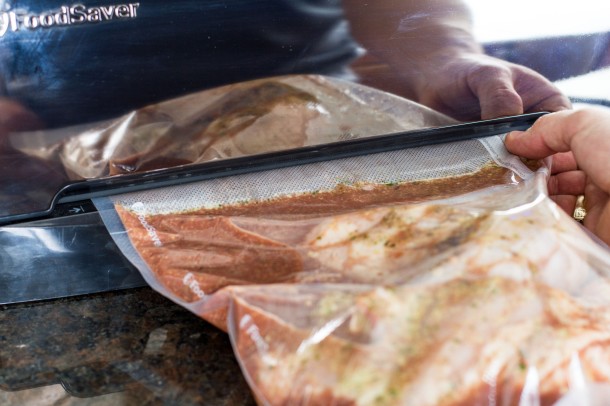
Thus meat is sealed away happily in plastic, free from villainous oxygen. Photo credits: flickr/Mike
References cited
- McGee, Harold. “Meats.” McGee on Food & Cooking: An Encyclopedia of Kitchen Science, History and Culture. London: Hodder & Stoughton, 2004. N. pag. Print.
- “Sublimation.” The Columbia Electronic Encyclopedia. Columbia University Press, 2012. Web. 20 July 2015.
 About the author: Elsbeth Sites received her B.S. in Biology at UCLA. Her addiction to the Food Network has developed into a love of learning about the science behind food.
About the author: Elsbeth Sites received her B.S. in Biology at UCLA. Her addiction to the Food Network has developed into a love of learning about the science behind food.



